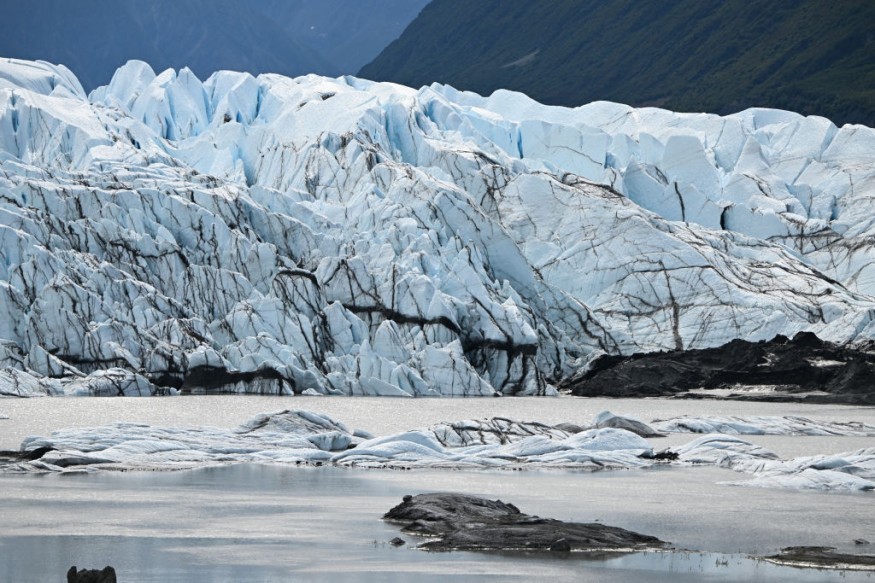Climate change has been posing a significant problem in the melting of ice in the Juneau Icefield's glaciers. The report raised concerns about the possible irreversible tipping point, which could lead to potential impacts on wildlife and nearby communities.
Increasing greenhouse gas emissions have been an alarming concern worldwide, causing frequent rises in global temperatures and warming events. These have been a major problem for experts and scientists due to impacts on glaciers.
Hotter temperatures can cause a rapid decline in ice formations in glacier areas, including in the Juneau Icefield's glaciers.
In recent Nature World News (NWN) reports, the loss of glaciers can lead to sea level rise, which is dangerous to low-lying and flood-prone communities. Understanding the ice loss can help mitigate the rapid decline of glaciers due to climate change.
Juneau Icefield's Glaciers Threats

Researchers have been monitoring the state of the Juneau Icefield in Alaska, warning of an accelerated decline and irreversible tipping point due to global warming and climate change.
The report highlights temperature fluctuation will be challenging for the ice to form, particularly during summer. Temperature rises can potentially expose ice to sunshine, leading to a continuous decline in ice.
The research findings were published in Nature Communications.
The Juneau Icefield's glaciers are known for the large amounts of ice and snow found in the high-altitude areas. Summer and climate change possibly expose the glaciers to the melting of ice.
The persistent impacts of climate change can help accelerate the loss of glaciers in the region. Based on recent reports and measurements, the said glaciers managed to shrink five times faster between 2015 and 2019 compared to the date from 1979 to 1990.
According to the report, when the plateau becomes thinner due to exposure to climate change and temperatures, the ice and snow reserves will also become exposed. These events can be challenging for the lost ice to recover.
To monitor the glacier declines in the region, the researchers employed the following:
- Aerial photographs
- Satellite records
- Mapping
With the satellite data and observations, these allowed researchers to understand the tipping points and glacier behaviors. The report warns of the irreversible tipping points due to climate change.
Impacts of Ice Melting Due to Climate Change
As mentioned in the previous reports, climate change allows the acceleration of ice melting. The possible melting can potentially impact the river runoff.
One of the main concerns is the sea-level rise. The additional water from the glacier melting can flow into the world's oceans, resulting in unexpected sea level rise. This problem can likely lead to the following risks:
- Coastal flooding
- River flooding
- Erosion
- Coastal community displacement
People living in low-lying areas are vulnerable to the rise of water, which could affect natural habitats, agriculture, and infrastructure.
Another problem is the possible changes in the weather patterns. The report highlights that it can likely influence the weather conditions.
For more similar stories, don't forget to follow Nature World News
© 2025 NatureWorldNews.com All rights reserved. Do not reproduce without permission.





